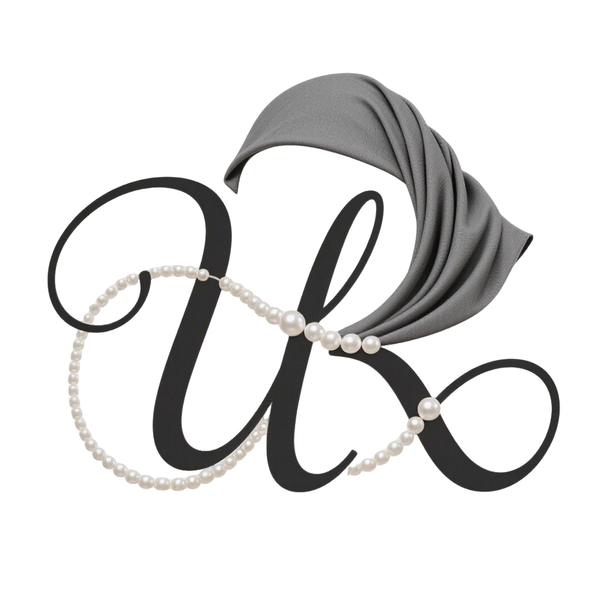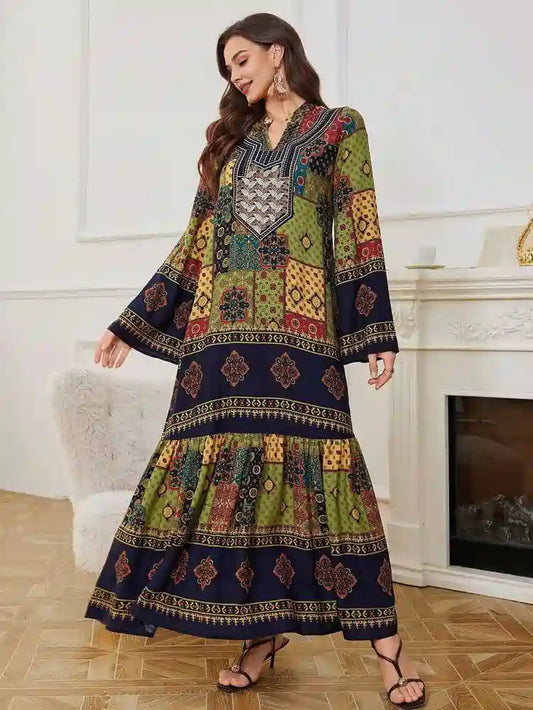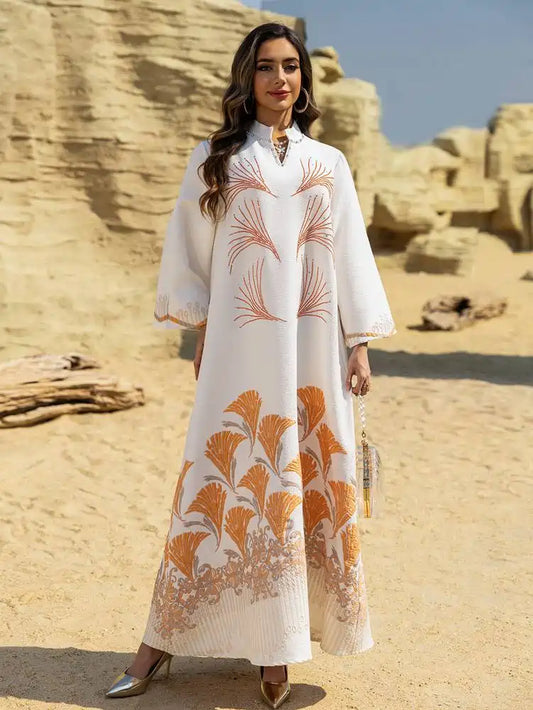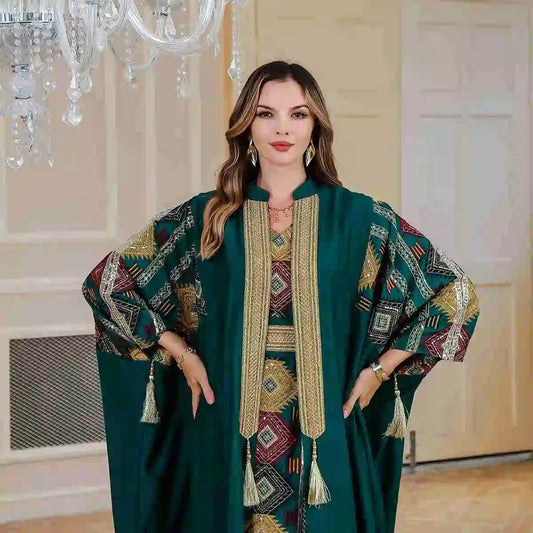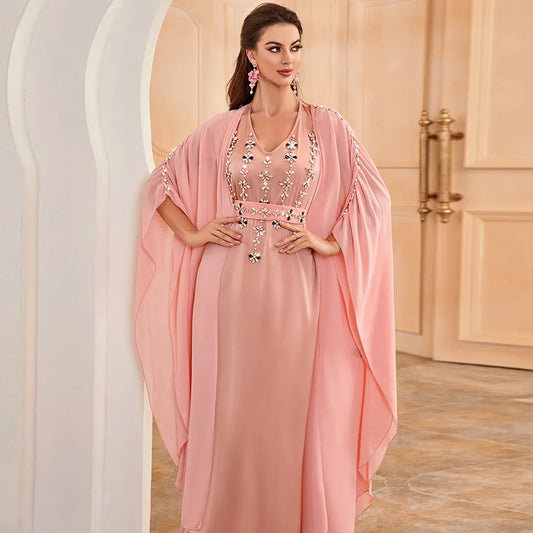The Kaftan, also spelled as Caftan, is a traditional garment with a rich history dating back thousands of years. It originated in ancient Mesopotamia, in the Persian Empire around 600 B.C. The garment was initially worn by royal men in the Persian court, but it eventually became popular among women as well.
The Kaftan is a long, loose-fitting robe with wide sleeves, often made from silk or cotton. It was adopted by many cultures throughout history, including the Ottomans in Turkey during the 14th to 17th centuries, where it was worn by sultans in the royal court. The garment was also popular in North Africa, particularly in Morocco, where it is still a significant part of traditional attire.
The design of the Kaftan/Caftan has evolved significantly over the years. Originating in ancient Mesopotamia, the traditional kaftan was a loose, long-sleeved, ankle-length robe worn by both men and women. It was typically made of silk, cotton, or wool and often featured intricate embroidery or decorative elements.
